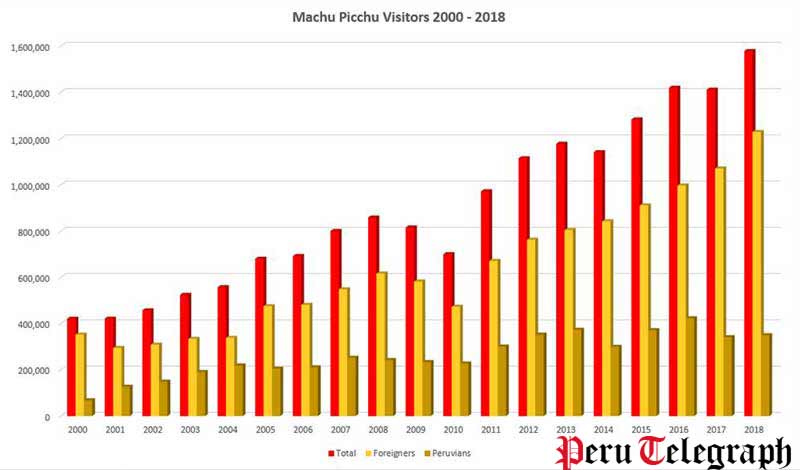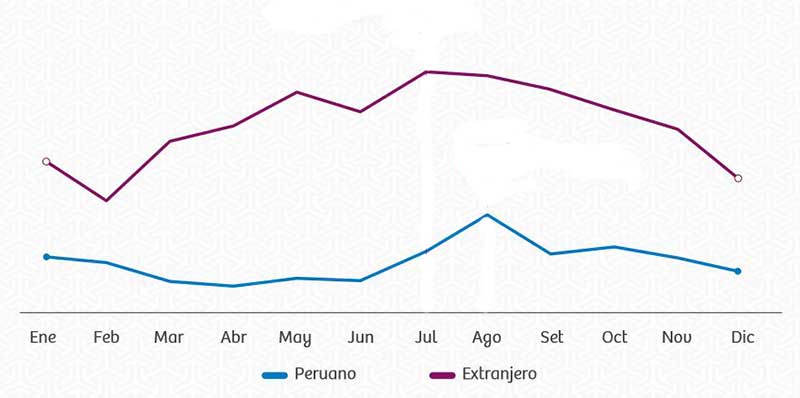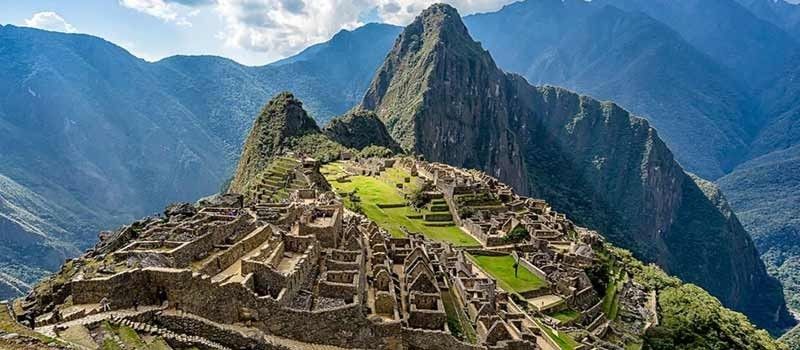Machu Picchu, declared Peruvian Historic Sanctuary (1981) and UNESCO World Heritage Site (1983) and voted as one of the New Seven Wonders of the World (2007), was built by the Incas in the 15th century on a mountain ridge in the Eastern Cordillera of southern Peru in the Cusco region.
Forgotten during the Spanish colonial period and early Peruvian Republican time, the Inca citadel was rediscovered in 1911 by Hiram Bingham. While over the decades Machu Picchu sparked interest among archaeologists, explorers and the one or other tourist, it took nearly another century until Machu Picchu became the world-famous symbol of the Inca civilization and a tourist magnet.
Since the 1990s Machu Picchu has seen an ever-increasing number of local and foreign visitors. While in 1991 less than 80,000 tourists paid Machu Picchu a visit, the number increased to 420,390 visitors in 2000 and to 699,831 tourists in 2010.

According to the latest PromPeru press release visitor numbers continue to grow: in 2018 a staggering 1,578,030 visitors (up 12% from the 2017 number of 1,411,279) made their way to Peru’s most popular tourist attraction.
This means that on average the famous Inca citadel received more than 4300 people per day. During peak season (July, August and September) this number went up to more or less 6000 per day whereas January, February and December were the quiet months in Machu Picchu with only around 2000 visitors per day.

From the 1,578,492 visitors about 22% (349,538) were Peruvians; the remaining 1,228,492 tourists came from the US, Brazil, Chile, Argentina, France and many other countries.


